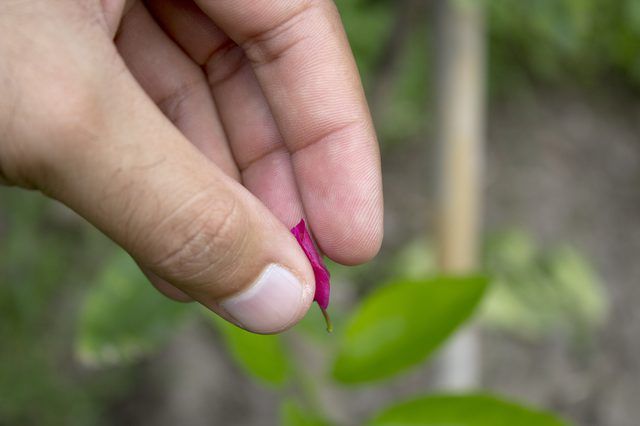Bulbs
Flower Basics
Flower Beds & Specialty Gardens
Flower Garden
Garden Furniture
Garden Gnomes
Garden Seeds
Garden Sheds
Garden Statues
Garden Tools & Supplies
Gardening Basics
Green & Organic
Groundcovers & Vines
Growing Annuals
Growing Basil
Growing Beans
Growing Berries
Growing Blueberries
Growing Cactus
Growing Corn
Growing Cotton
Growing Edibles
Growing Flowers
Growing Garlic
Growing Grapes
Growing Grass
Growing Herbs
Growing Jasmine
Growing Mint
Growing Mushrooms
Orchids
Growing Peanuts
Growing Perennials
Growing Plants
Growing Rosemary
Growing Roses
Growing Strawberries
Growing Sunflowers
Growing Thyme
Growing Tomatoes
Growing Tulips
Growing Vegetables
Herb Basics
Herb Garden
Indoor Growing
Landscaping Basics
Landscaping Patios
Landscaping Plants
Landscaping Shrubs
Landscaping Trees
Landscaping Walks & Pathways
Lawn Basics
Lawn Maintenance
Lawn Mowers
Lawn Ornaments
Lawn Planting
Lawn Tools
Outdoor Growing
Overall Landscape Planning
Pests, Weeds & Problems
Plant Basics
Rock Garden
Rose Garden
Shrubs
Soil
Specialty Gardens
Trees
Vegetable Garden
Yard Maintenance
How to Grow Licorice Root
How to Grow Licorice Root. Licorice candy brings back fond memories of childhood, but homegrown licorice root (Glycyrrhiza glabra) is healthier. Hardy in U.S. Department of Agriculture plant hardiness zones 7 through 9, licorice grows 48 inches tall and 39 inches wide, and its fibrous, edible roots have a characteristic flavor that's 50 times...
Licorice candy brings back fond memories of childhood, but homegrown licorice root (Glycyrrhiza glabra) is healthier. Hardy in U.S. Department of Agriculture plant hardiness zones 7 through 9, licorice grows 48 inches tall and 39 inches wide, and its fibrous, edible roots have a characteristic flavor that's 50 times sweeter than sucrose. Also called sweetwood and sweet root, this perennial bears violet, blue-violet or lavender summer flowers, but these should be removed to concentrate the plant's energy into developing extensive roots. Licorice fixes nitrogen from the air in its root nodules, which help feed the plant and surrounding vegetation.
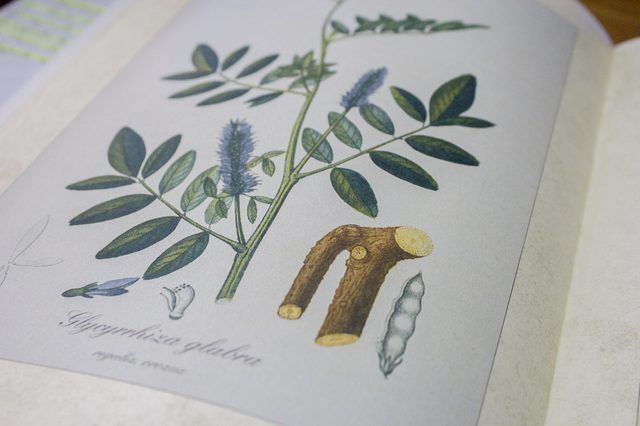
Things You'll Need
Organic mulch
Slow-release, 12-4-8 fertilizer
Flashlight
2-percent metaldehyde, 5-percent carbaryl slug granules
Step 1
Grow licorice in full-sun or partial-shade sites in deep, moist, loose soil, such as moist sandy or stony soil. Licorice thrives in full sun and slightly alkaline soil and doesn't tolerate clay soil. Space plants 24 to 36 inches apart.
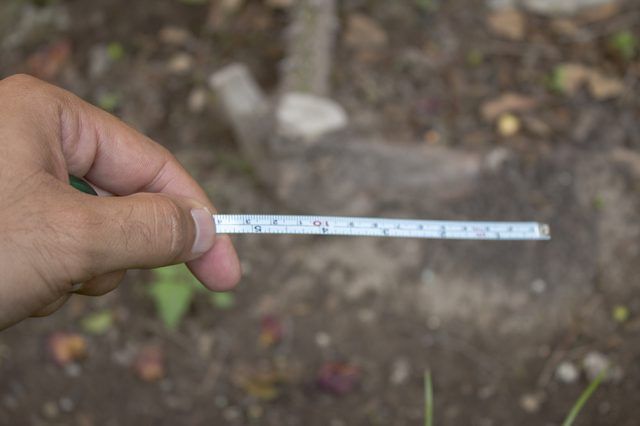
Step 2
Water licorice regularly during the growing season so that the soil is constantly moist but never sodden. Spread a 2-inch layer of organic mulch, such as well-rotted manure or compost, avoiding the plant's stems.
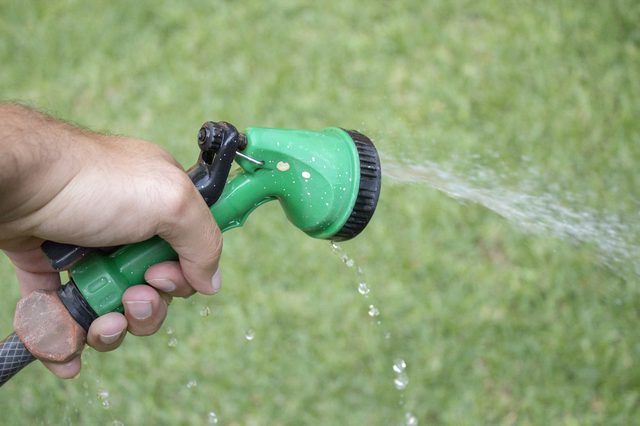
Step 3
Feed licorice with slow-release, 12-4-8 fertilizer granules, spread at a rate of 4 tablespoons per 4 square feet at the beginning of the growing season or according to the manufacturer's instructions. Apply the fertilizer again after three months.
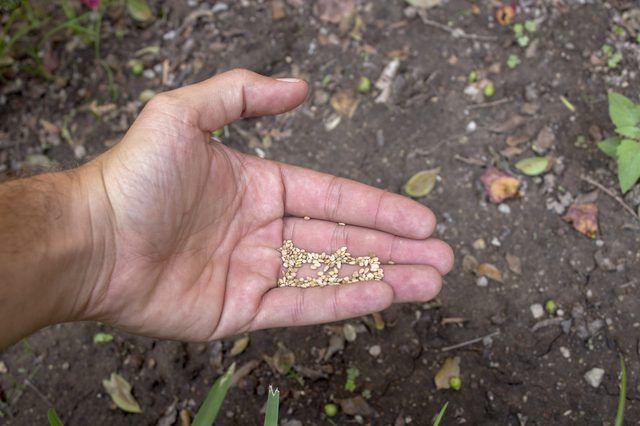
Step 4
Examine licorice leaves and stems weekly for holes and other signs of slug attack. Check plants after dark with a flashlight or at first light to catch slugs and squash them. Alternatively, water the ground if the surface is dry and scatter 2-percent metaldehyde and 5-percent carbaryl slug granules lightly around licorice plants. Sprinkle water to wet the granules lightly and don't apply water again for at least two days. Spread slug granules every two weeks or as frequently as needed.
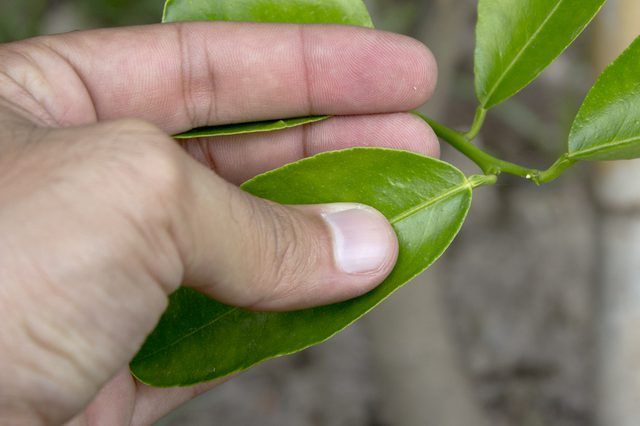
Step 5
Pinch off licorice flowers between thumb and forefinger as they appear during summer.
